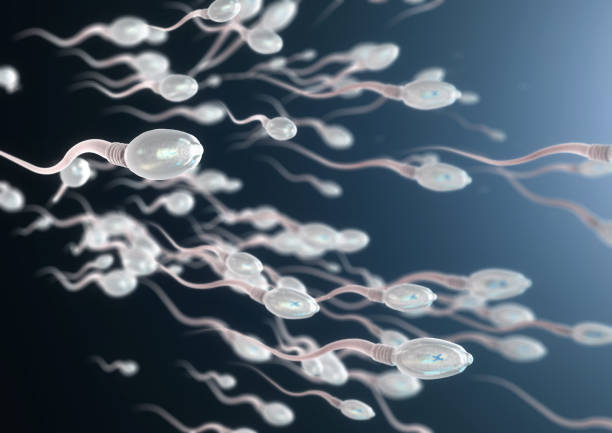Minimal Stimulation & Mild IVF

What is Minimal Stimulation & Mild IVF?
Minimal stimulation & Mild IVF differs from standard IVF in that lower doses of medication are used to stimulate the ovaries. In standard IVF, high doses of hormones are injected with the aim of retrieving the maximum number of eggs from the ovaries. Because lower doses of injectable hormones are used with minimal stimulation IVF, this means that less medication is used overall but this also means that fewer follicles develop and fewer eggs are collected.
What are the advantages of Minimal Stimulation & Mild IVF?
The advantage of Minimal Stimulation & Mild IVF is that less medication is involved and patients find this more convenient and less stressful. There is less chance of developing complications such as OHSS (Ovarian Hyperstimulation Syndrome) and there are fewer side effects (bloating, fatigue, breast tenderness) due to the lower doses of medication. The cost of the medication may be lowered by several hundred pounds. It is particularly useful for patients known to have an intolerance to fertility medication.
What are the disadvantages of Minimal Stimulation & Mild IVF?
The main disadvantage of minimal stimulation and mild IVF is that the pregnancy success rate is lower. Fewer embryos are created due to fewer eggs maturing and being collected. There may even be no embryos at all to transfer to the womb. With convention IVF transfers are more likely and surplus embryos would be cryogenically preserved for future use, meaning the patient can have a second chance with a frozen embryo transfer requiring greatly reduced medication and injections. With Minimal stimulation and mild IVF there is less chance of having spare embryos to freeze.
Who should use Minimal Stimulation & Mild IVF?
There are many factors to consider before choosing minimal stimulation and mild IVF, such as age and the risk of Ovarian Hyperstimulation Syndrome. At Concept Fertility, most patients choose standard IVF protocols. However there are patients who are suitable for Minimal Stimulation eg: patients who do not develop multiple eggs with standard medication, patients with a high risk of OHSS and patients who have a good ovarian reserve.
In the past, ovarian stimulation resulted in high rates of premature ovulation and very few eggs at retrieval but as more knowledge about stimulation protocols was gained, methods improved and premature ovulation rates have been greatly reduced. Most doctors prescribe injectable hormone medication in order to collect as many eggs as possible. The reason for collecting multiple eggs is that many are abnormal. Therefore there is a greater chance that at least one will result in a normal embryo and increase the chance of a successful pregnancy.
In Conclusion
At the present time the chances of achieving a pregnancy with conventional stimulation methods are higher than with minimal stimulation and mild IVF, often significantly so. However, the success rates from minimal stimulation and mild IVF have improved significantly as knowledge has been gained. Whether Minimal Stimulation and mild IVF can ever increase pregnancy rates similar to standard IVF rates remains to be seen. It does, however, have several advantages over conventional IVF and may be an appropriate choice for a select group of patients.
If you wish to arrange a consultation to discuss Minimal Stimulation and mild IVF further please call 020 3388 3000 or click here.

